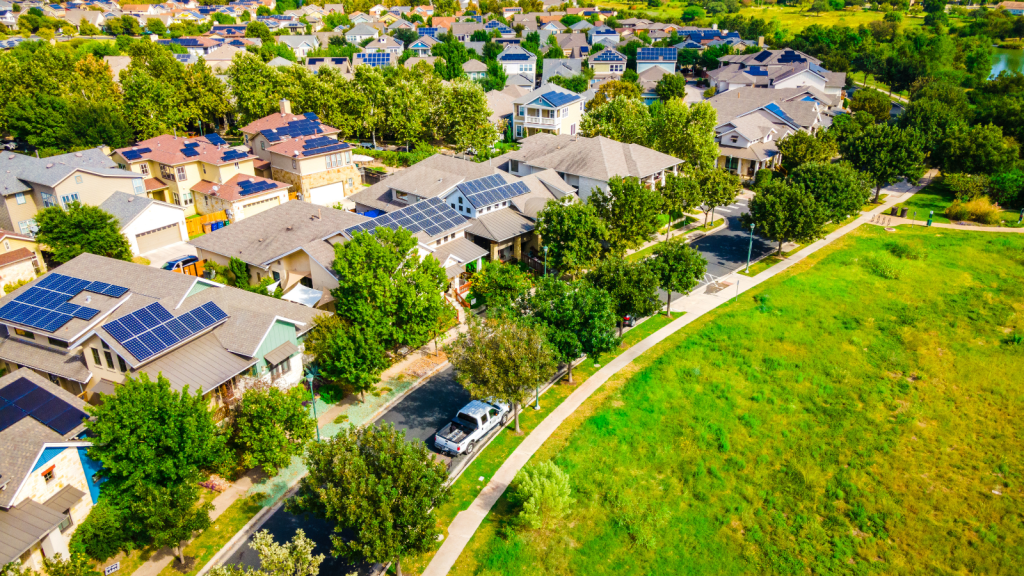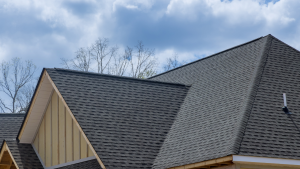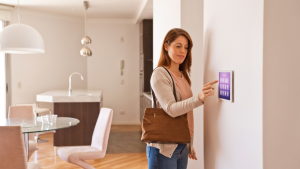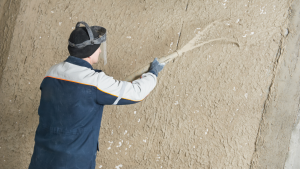In today’s world, where environmental responsibility is more crucial than ever, the construction industry is increasingly prioritizing sustainable practices. Among various building materials, stucco has emerged as a notable leader in sustainability. But what makes a wall material truly sustainable, and how does stucco fit into this picture? Let’s explore the role of stucco in modern eco-friendly construction.
Contact the team at Jersey Shore Stucco to schedule an inspection today. Don’t wait until the damage to your home worsens. Addressing stucco issues promptly is crucial to prevent further complications. Our expert application of Stucco Today will ensure that your surfaces remain beautiful and durable for years to come.
What Makes a Wall Material Sustainable?
A sustainable wall material minimizes its environmental impact throughout its lifecycle—from production and use to disposal. Key characteristics include:
- Low Carbon Footprint: Sustainable materials are produced with minimal greenhouse gas emissions, reducing their contribution to global warming. For example, manufacturing processes that use renewable energy sources and efficient technologies can significantly lower carbon emissions.
- Energy Efficiency: These materials contribute to reduced energy consumption in buildings by enhancing thermal performance. This includes features such as superior insulation that minimizes the need for artificial heating and cooling, thus lowering overall energy use.
- Durability: Long-lasting materials reduce the frequency of replacements, which in turn decreases the demand for new resources and reduces waste. Durable materials, like stucco, maintain their integrity over time, leading to fewer repairs and replacements.
- Recyclability: Sustainable materials can be reused or recycled at the end of their lifecycle, which helps to conserve resources and reduce waste. For instance, materials that can be reclaimed and repurposed contribute to a circular economy, where the lifecycle of products is extended.
- Non-toxicity: These materials are free from harmful chemicals that can affect indoor air quality. They are often composed of natural or low-impact substances, which helps ensure a healthier indoor environment and reduces potential health risks for occupants.
What is the Most Sustainable Wall Type?
The most sustainable wall type effectively balances these characteristics. Leading options include:
Insulated Concrete Forms (ICFs): Excellent insulation reduces energy costs.
Rammed Earth: Made from natural raw materials, rammed earth walls are highly durable and eco-friendly.
Cross-Laminated Timber (CLT): A renewable resource with a lower carbon footprint than traditional concrete or steel.
Stucco: Especially when combined with modern eco-friendly practices, stucco offers significant sustainability benefits.
The Role of Stucco in Sustainability
Stucco, a traditional material made from aggregates, a binder, and water, has been valued for its durability and versatility for centuries. Its role in sustainable construction includes:
Energy Efficiency: Provides excellent insulation, reducing the need for artificial heating and cooling.
Longevity: Its durability means fewer repairs and replacements, lowering material consumption over time.
Natural Materials: Typically composed of lime, sand, and water, traditional stucco contains natural ingredients that are less harmful to the environment.
Reflective Properties: Stucco can reflect solar radiation, reducing heat absorption and cooling costs.
Best Practices for Sustainable Stucco Projects
To maximize the sustainability of stucco projects, consider the following best practices:
Use Recycled Materials: Incorporate recycled aggregates and other sustainable components into your stucco mix. Recycled materials such as crushed concrete or glass not only reduce the need for virgin resources but also enhance the texture and strength of the stucco.
Opt for Natural Binders: Choose lime-based binders over synthetic options for a more eco-friendly approach. Lime requires less energy to produce compared to Portland cement and can absorb CO2 from the atmosphere during the curing process, contributing to carbon sequestration.
Implement Energy-Efficient Techniques: Enhance energy efficiency by using advanced stucco systems that incorporate insulation layers, such as Exterior Insulation and Finish Systems (EIFS). These systems reduce thermal bridging and improve overall energy performance.
Water Management: Manage water during mixing and application to minimize waste. Use precise water-to-material ratios and collect and reuse rinse water from tools and equipment to reduce water consumption.
Local Sourcing: Use locally sourced materials to cut down on transportation emissions and support local economies. Local sourcing reduces the carbon footprint associated with long-distance transport and helps maintain regional architectural character.
Maintenance and Repair: Regular maintenance extends the life of stucco, enhancing its sustainability. Inspect the stucco surface for cracks or wear, and address issues promptly. Regular cleaning, sealing, and minor repairs prevent major problems and prolong the stucco’s lifespan.
Frequently Asked Questions
Is stucco environmentally friendly? Yes, especially when using natural materials and modern sustainable practices, stucco can be a highly eco-friendly wall material.
How does stucco contribute to energy efficiency? Stucco provides excellent insulation, reducing the need for excessive heating and cooling, thus saving energy.
Can stucco be used in all climates? Yes, stucco is versatile and can be adapted to various climates, although it may require specific formulations or treatments in extreme conditions.
What is the lifespan of a stucco wall? With proper maintenance, stucco walls can last for several decades, often over 50 years.
Is stucco a cost-effective option for sustainable building? While initial costs may vary, stucco’s durability and energy efficiency make it a cost-effective choice in the long run.
Conclusion
Sustainable stucco is not just a trend but a reflection of the construction industry’s commitment to responsible and eco-friendly practices. By choosing stucco and adhering to best practices, builders can contribute to a healthier planet while creating beautiful, durable structures. As we innovate and improve our methods, sustainable stucco stands out as a prime example of how tradition and modernity can merge to support a greener future. Embrace sustainable stucco in your next project and be part of the shift toward a more sustainable world.




